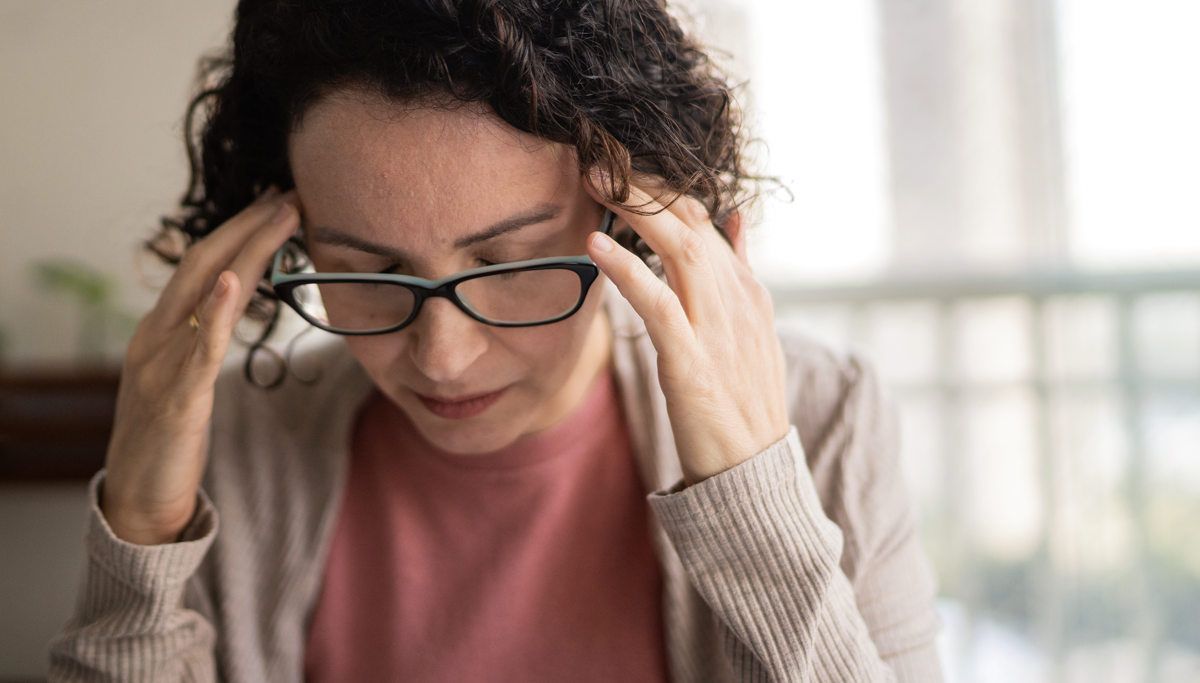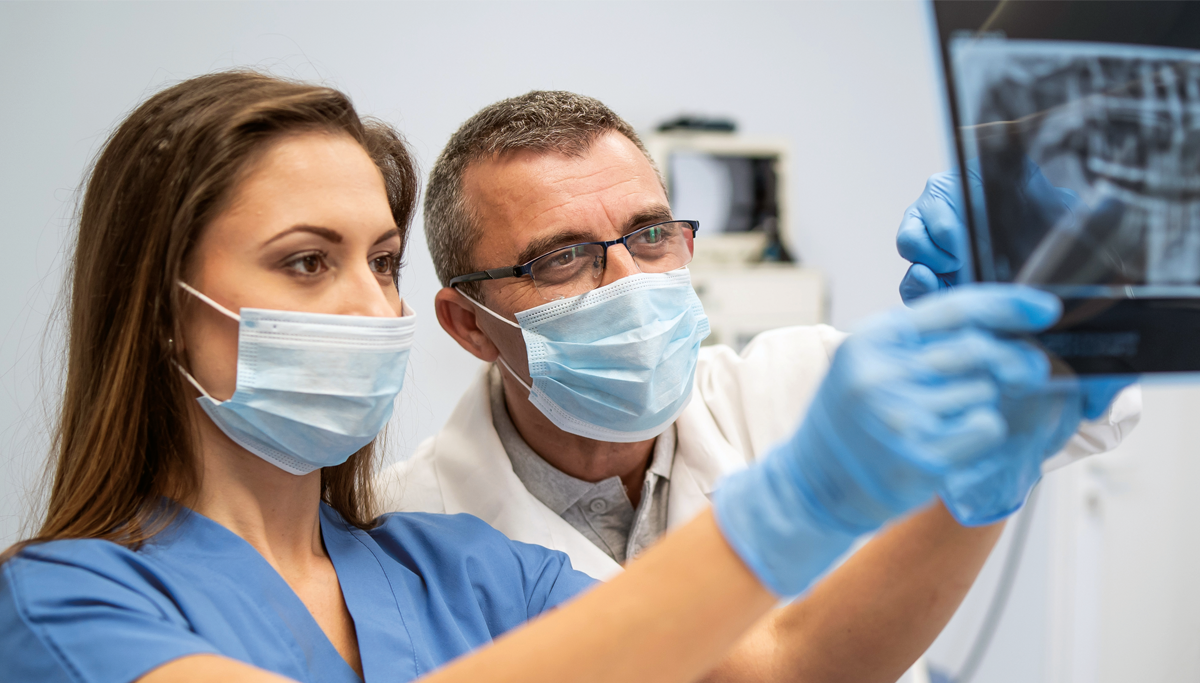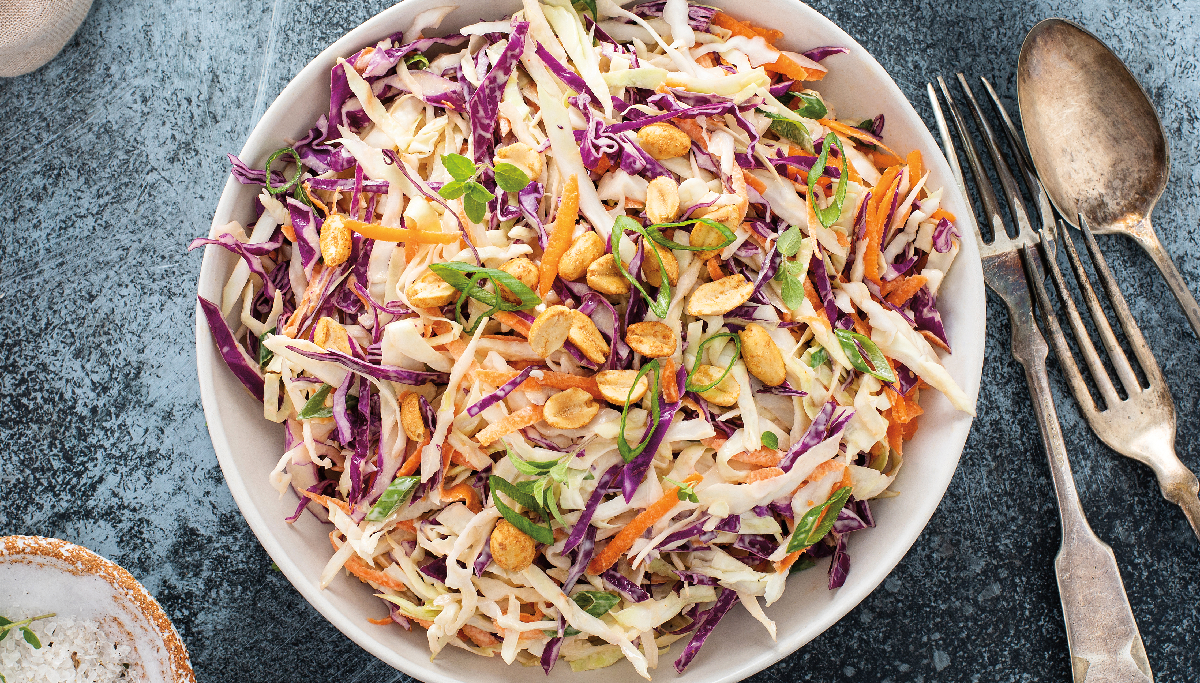Don’t chew on this: 5 common pica cravings
Have you even been unable to stop yourself from eating soap, ice, or other things that aren’t food? If so, you’re not alone – and there’s a name for these urges.
The facts about pica
What causes it?
More research is needed to fully understand the complex reasons that may lead to this behavior. While the exact reasons are unknown, pica can be triggered by pregnancy, stress, and/or nutritional deficiencies like a lack of iron, calcium, or zinc.
Who gets pica?
It occurs most often in pregnant women and young children under 6, particularly those with autism spectrum disorders.
How is pica harmful?
Pica cravings are difficult to control and eating non-food items can cause damage to your teeth, gums, and digestive system. There can be a number of other risks depending on what is being eaten.
5 common pica cravings
Dirt and soil
This craving is often linked to nutrient deficiencies. A lack of iron, for instance, may make you want to eat dirt. This can be harmful to your health because you don’t know what’s in the soil you’re eating – it could contain animal waste, parasites, or hard bits that can hurt your teeth like rocks or metal.
Chalk
Although the content of the chalk is usually non-toxic in small doses, eating it is still a health risk for many reasons. As a hard non-food substance, it is likely to cause chipped teeth or wear down tooth enamel, which can cause cavities. Eating chalk can also lead to digestive issues such as constipation.
Ice
An urge to eat ice doesn’t seem so bad at first. It’s just water, right? But this form of pica can wreak havoc on your teeth. Chewing ice can damage tooth enamel, move the wires in your braces, crack your teeth, loosen your fillings, or irritate your gums. Ice cravings are often associated with iron deficiency.
Soap
This is a dangerous one. Eating soap can cause tooth and gum damage, nausea, vomiting, diarrhea, and liver damage. If you or your child has eaten soap or any other cleaner, check the package immediately to see if it is toxic. If yes, call 911 immediately. If not, continue to watch for the symptoms like nausea or vomiting and call 911 if this occurs.
Pet food
While pet food is made from ingredients that are not unsafe to eat, it is not meant for humans. Many forms of pet food can be a choking hazard for small children and can pose other risks to adults. Dog food, for instance, may not be stored as carefully as other human food and may be raw, two factors that can cause bacterial illness.
Should I worry about pica?
It’s important to recognize pica early, so you can take steps to control your urges before any damage is done to your teeth, gums, and overall health. Pica cravings typically stop on their own but may recur. Although pica is often diagnosed in childhood, it can also occur in adults.
If you or your child struggles with pica, tell your dentist so they can help you minimize the risks to your oral health. If the issue persists, contact a licensed mental health provider as therapy is the primary form of treatment.
Dentists and dental hygienists: Do you know the difference?
Your dentist and dental hygienist work together to protect your smile. Learn the difference between the two experts who take care of your teeth.
Mouth-friendly recipe: healthy coleslaw
This crisp, flavorful and healthy side dish is the perfect highlight to any barbecue or summer gathering.
What color bands should I get on my braces?
With a rainbow of colors to choose from, you’re sure to find braces bands that suit your style and personality. Use this guide to help you decide.








